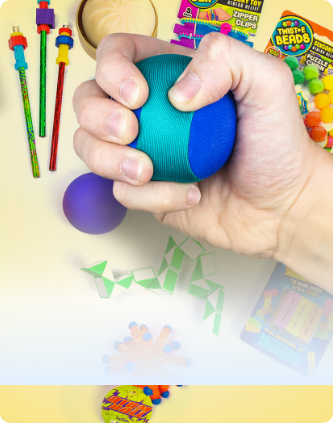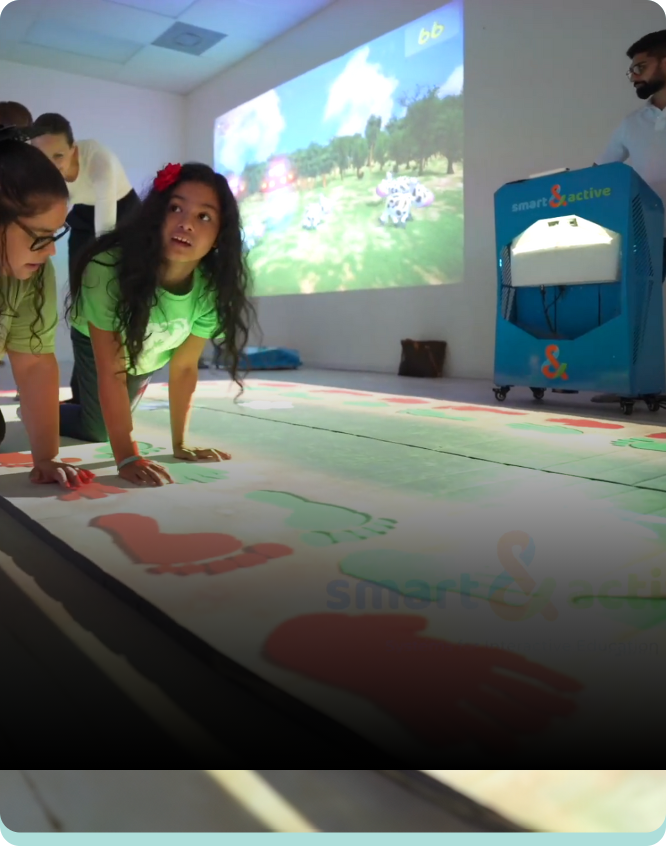Helping Children with Autism Spectrum Disorders Sleep Better
Posted by By Terry Katz, PhD and Beth Ann Malow, MD, MS on Jun 1st 2022

Sleep is essential for positive performance in daily activities and a positive mood. Children on the autism spectrum face many challenges each day. It's essential that they are rested so that they can learn and succeed. (It's also essential that parents get a good night’s sleep!) Unfortunately, when a child has a bad night, the rest of the family can also have trouble sleeping.
Sleep and ASD
Research shows that between 50 and 80% of children with ASD have difficulties with sleep. There are many reasons why this is so. Poor sleep can be related to medical conditions including seizure disorders and GI difficulties. There may also be other biological causes.
There is some evidence to suggest that the brain chemistry of children with ASD may be different from children without ASD, causing difficulties with sleep. For instance, there may be differences in melatonin production that results in sleep problems.
The need to keep everything the same can also cause difficulties during the transition from wakefulness to sleep each night. Also, children’s sleep habits may affect how they sleep at night. One of the ways parents can help their children sleep better is to think about their children’s sleep habits and work with them to promote better sleep.
Ways to Help
If your child is having sleep problems, start with talking to your health care provider to make sure that there aren’t any medical conditions causing sleep problems. Some things to think about include:
- Gastrointestinal problems
- Breathing problems
- Skin problems that might cause itchiness
- Dental problems
- Neurological problems
- Pain
- Anxiety
- Depression
After considering medical conditions that might affect your child’s sleep, you can look at ways to work on sleep habits.
Here are some things to consider:
Daytime habits: there are things you can do during the day to help your child sleep at night. These include:
- Waking your child up at about the same time each day
- Helping him or her get plenty of exercise
- Providing exposure to lots of light
- Limiting caffeine
- Thinking carefully when naps happen and for how long
- Making sure that your child’s bed or bedroom is just for sleep
In the evening, try to do the following:
- Keep the lights down low
- Limit stimulating or difficult activities
- Keep things consistent
Think about your child’s bedroom and consider the following:
- Temperature
- Textures
- Scents
- Sounds
- Light
- Objects
Create a bedtime routine for your child
- Include a few activities in your child’s bedtime routine
- Try to make sure that the activities are calm and relaxing for your child
- Avoid any difficult or exciting tasks before bed
- Go through the routine in the same order every night
- Use a visual schedule that shows each step in the bedtime routine
- Try to put your child to bed at the same time each night
Bedtime Struggles:
Many children are afraid to be alone in their bedroom at night. Others simply resist going to bed and don’t seem tired. There are strategies to help your child get ready for sleep.
Look at what time your child is going to bed. A slightly later bedtime might make things easier. Also decide in advance how you will respond if your child struggles at bedtime. While some people think that the “cry it out method” is beneficial, we have found that this is often a difficult approach for parents and children.
More gradual and gentle approaches to bedtime may be more helpful. For example, try staying in your child’s room after you say goodnight. You can then slowly move out of the room over few days’ time.
Other children may do better with other strategies. Providing a reward for your child for good sleep can be very motivating. The Autism Speaks website also has a sleep toolkit that discusses many of these ideas and includes a number of helpful visual supports.
Start with small steps:
It's easy to feel overwhelmed by an abundance of sleep strategies. It's fine to take small steps and go slowly. We have found that making even one change can make a big difference.
References:
Guénolé, Fabian, et al. "Melatonin for disordered sleep in individuals with autism spectrum disorders: systematic review and discussion." Sleep medicine reviews 15.6 (2011): 379-387.
Maras, Athanasios, et al. "Long-term efficacy and safety of pediatric prolonged-release melatonin for insomnia in children with autism spectrum disorder." Journal of Child and Adolescent Psychopharmacology 28.10 (2018): 699-710.
Mazzone, Luigi, et al. "The relationship between sleep problems, neurobiological alterations, core symptoms of autism spectrum disorder, and psychiatric comorbidities." Journal of clinical medicine 7.5 (2018): 102.







